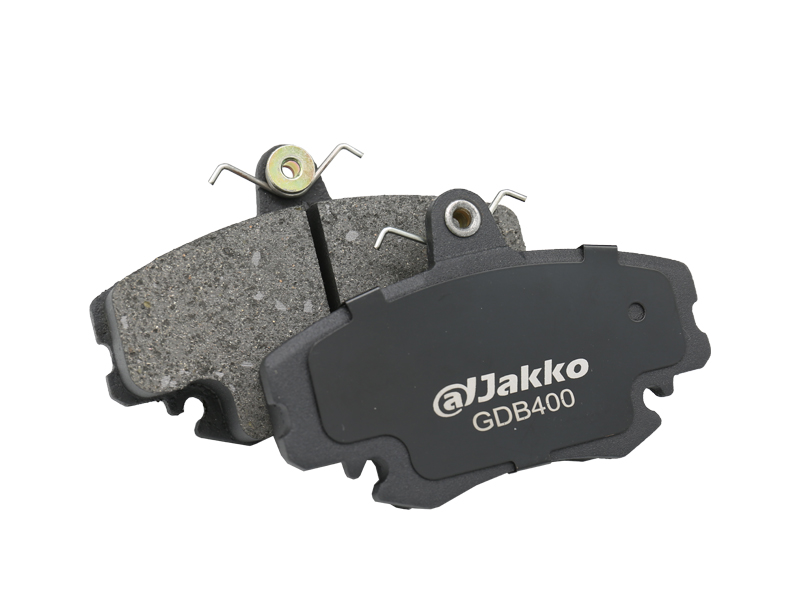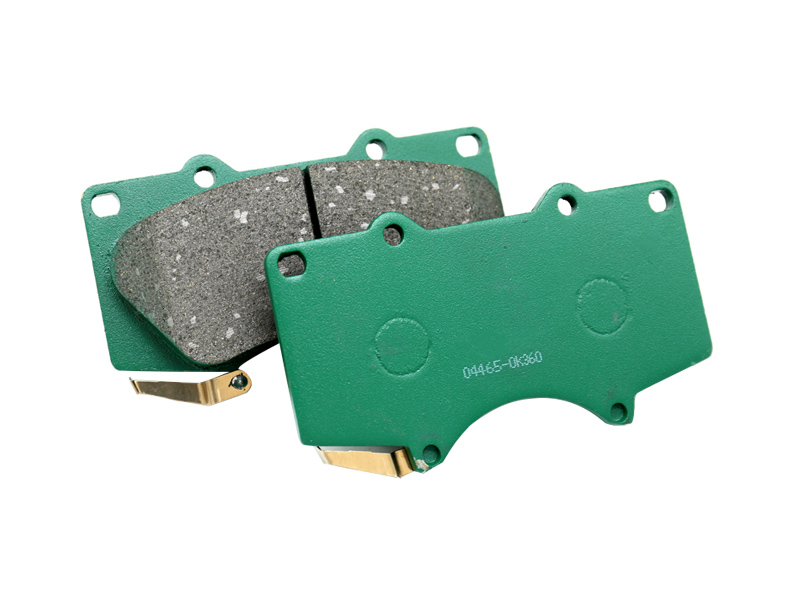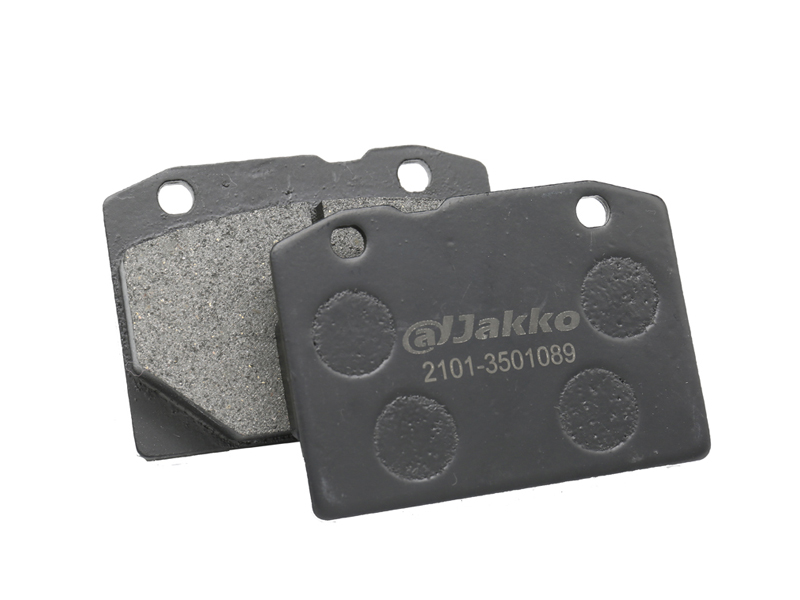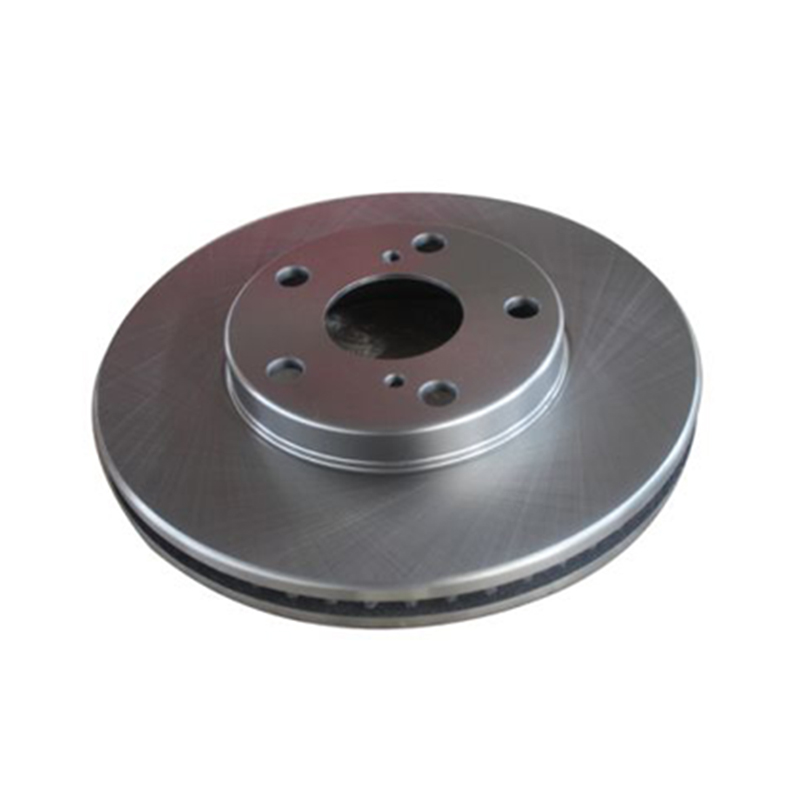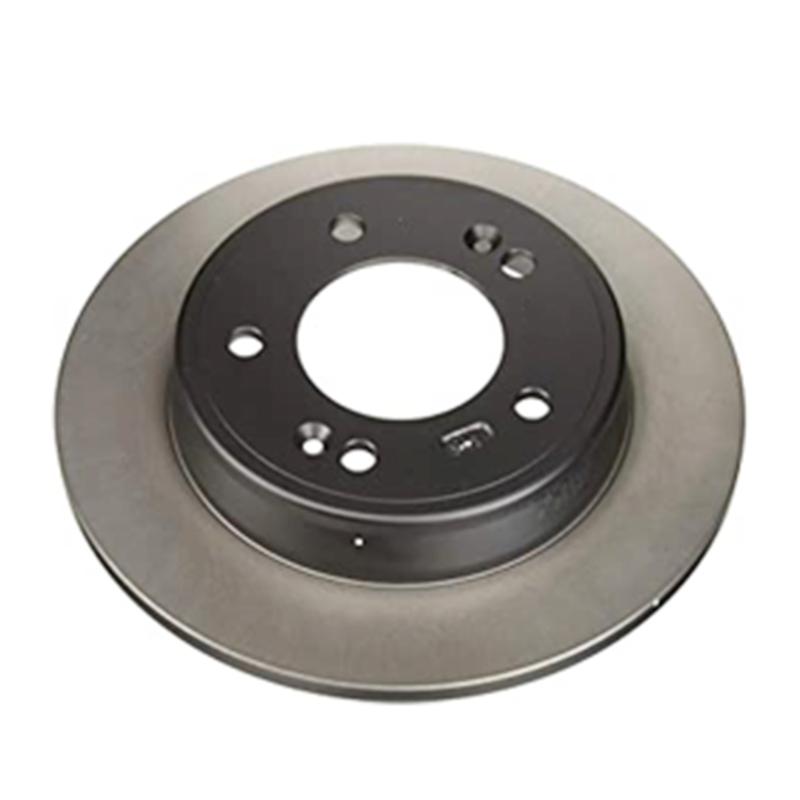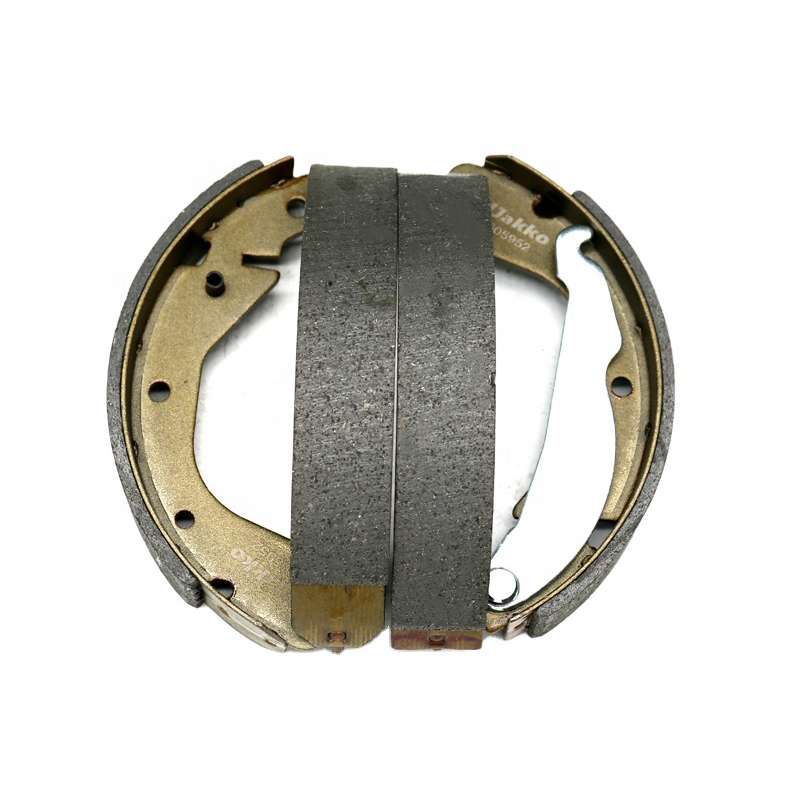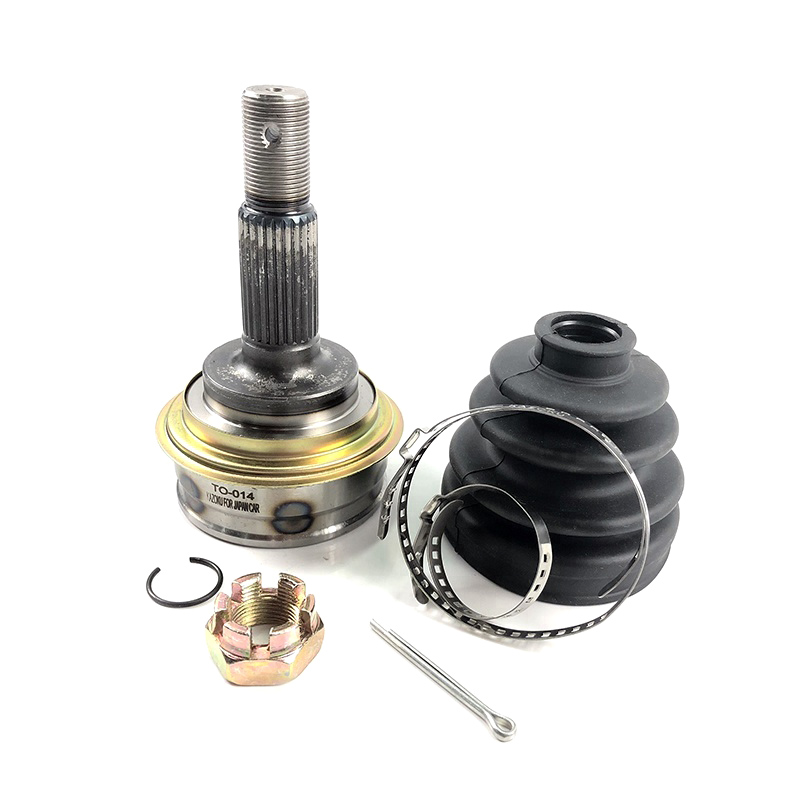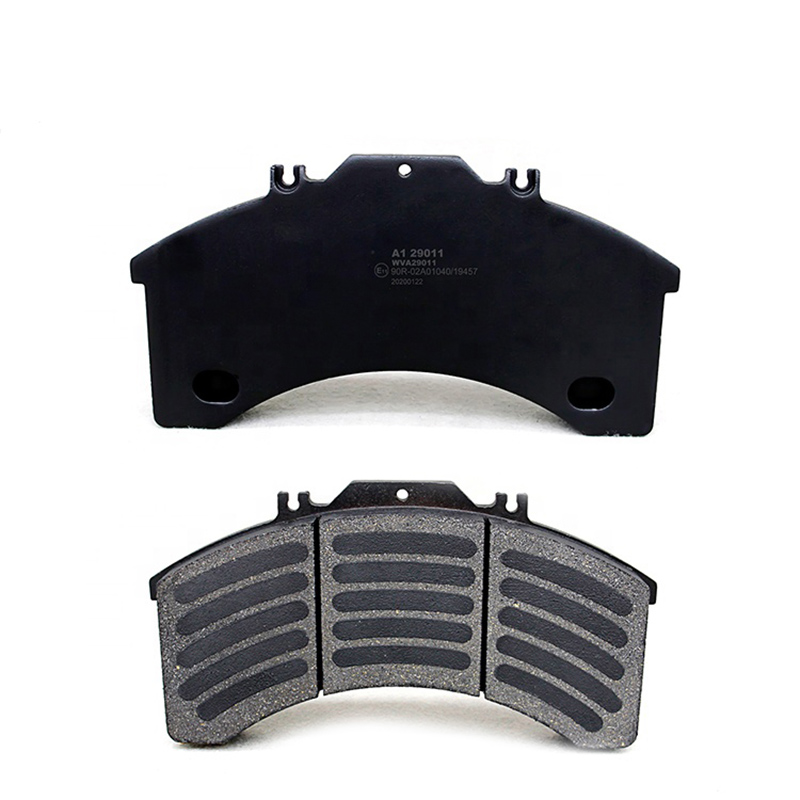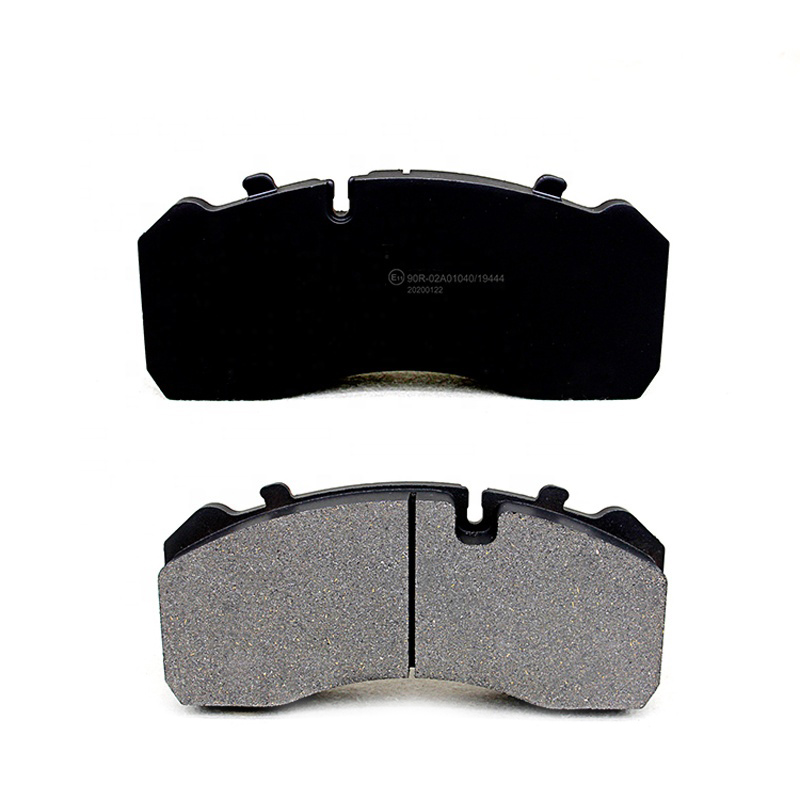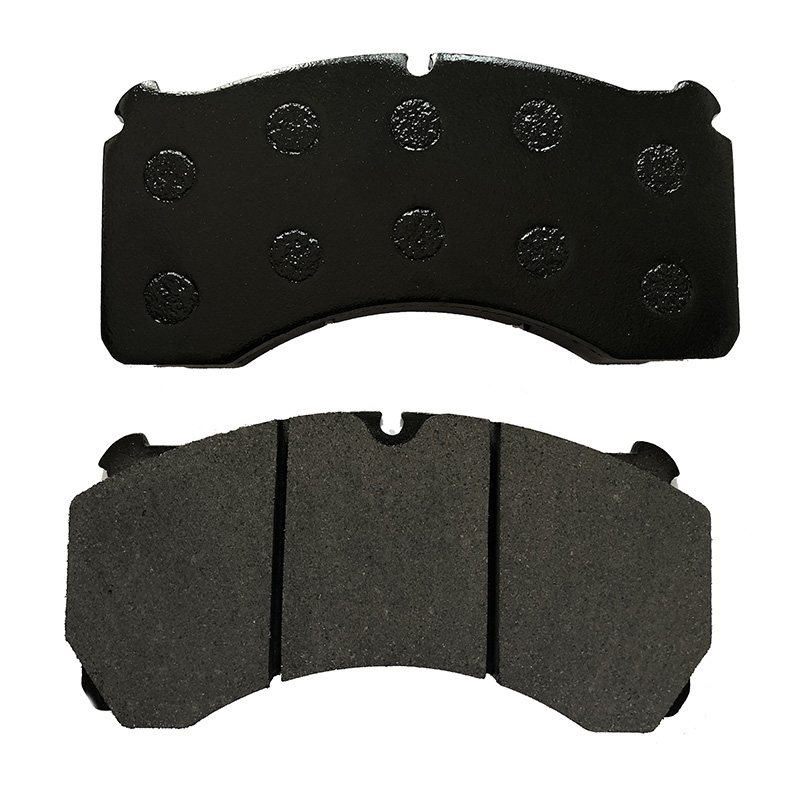A
brake lining is something that helps to ensure the safety of the car. This is because it prevents the friction between the two parts of the brake rotor. It also protects the metal from wear and tear as well as rust and dirt. In addition, it also helps to increase the braking efficiency.
Material used
The brake lining is a material that is used on the inside of the rotors of a vehicle. This material is made of ceramics or metal. When the vehicle starts to drive, the rotors are forced to slow down by applying frictional force to the brake lining. Brakes are an important safety feature on a car.
In the past, asbestos was the main material for brake lining. However, it is now banned in several countries due to health concerns. Asbestos is known to release hazardous gases that can cause harm to the human body.
A non-asbestos brake lining is made of organic fibers that are bonded together by pressure. It usually contains 10 to 20 percent metal. Some brake suppliers use "ceramic enhanced" friction formulas.
In the 1970s, semi-metallic brake lining was developed. Semi-metallics are made up of high percentages of steel or iron. They can be inexpensive and durable. However, they can be noisy. And, the coefficient of friction can decrease quickly.
Since then, many efforts have been made to eliminate asbestos from brake lining. For instance, chrysotile asbestos has been replaced by synthetic aramid fibers. Other efforts have also been made to replace inorganic resins with agro-biomass sources.
Agro-biomass sources are not only environmentally friendly, but they are also lung friendly. Inorganic resins, on the other hand, have toxic health implications. Agricultural wastes can be used for brake pads, though they are usually discarded as waste.
In addition to agro-biomass materials, brake linings can be made from other substances. These include copper and steel. Copper and steel are inexpensive and easy to maintain. Moreover, they are durable and offer proven performance at extreme temperatures.
There are three different types of material that can be used for brake lining. Choosing the right type is important. Usually, the material must be able to withstand high temperatures and last for a long time.
Non-asbestos brake linings are a good alternative. Although, they are not as durable as semi-metallics, they are still considered safe and environmentally-friendly. Because they contain only a small amount of metal, they create less dust when in use.
Friction conversion
A brake lining is a complex product that has to perform well under a wide range of conditions. For example, it must be able to stop a vehicle at a reasonable speed when it is wet. It must also not wear out the rotor or drum very quickly.
The type of material used in the friction lining is an important consideration. In some instances, manufacturers recommend a particular material for its maximum performance. However, this does not take into account the various other factors that influence the performance of a friction lining.
The thermal conductivity of a friction lining is a good indicator of its ability to keep the brakes cool. Similarly, the thermal efficiency is a good measure of its braking effectiveness.
The best friction linings can have the same coefficient of friction at both high and low temperatures. This indicates that a high quality lining is unlikely to experience a significant change in temperature during braking. Similarly, a low quality lining may have a slight thermal increase as a result of repeated hard stops.
One other important component is the heat dissipation capability of the material. As a result, the material is designed to be both strong and heat-resistant. Some materials, like ceramics, are capable of withstanding very high temperatures. At the same time, these materials are very sensitive to humidity, making them vulnerable to oxidation.
Another good indication of a material's ability to perform the braking function is its performance in fading. This is achieved by the use of a special "fade point." It is located in the lining itself and is sufficiently high to allow for all braking situations.
While there are a host of factors that can affect the performance of a friction lining, the most common are the aforementioned thermal efficiency, fading and the "coefficient of friction."
Lastly, there are numerous other factors that must be considered when deciding on a particular material. For instance, its thermal conductivity and follicle occlusion must be considered in order to achieve a proper braking response. Furthermore, the material must be capable of surviving tens of thousands of miles of operation.
Protection from rust, dirt and corrosion
When it comes to protecting your vehicle from the elements, you can't beat the power of brake linings. They're designed to help you maintain your vehicle longer by keeping your brake pads, rotors, and lines free of rust, dirt, and corrosion.
Rust on your brakes is no fun. Not only are they dangerous, but they can also make your braking system perform poorly. It's possible to prevent rust from taking over your vehicle by simply following a few simple steps.
The first step is to keep your car clean. Washing the inside and outside of your car is a great way to remove accumulated debris and grime. You can also purchase special cleaners that target rust without damaging metal.
Another rust prevention measure is to invest in an undercoating for your car. Undercoating is the first line of defense against the elements on your vehicle. These coatings protect the undercarriage from corrosive chemicals.
The best time to undercoat is when you first purchase your car. You can use an aerosol can or a low pressure pump up spray to apply the rustproofing compounds. Once you've undercoated, it's much easier to keep your car looking brand new.
There are also electronic rust inhibitors available. This is a convenient solution that you can easily buy online. Rather than just blocking rust, these compounds counteract the circulation of electrical current to help prevent the development of rust.
A bicycle cover is another great way to protect your bike from the elements. Bike covers are usually made of durable fabric and are a good all-weather solution. In addition to protecting your bike, they'll help you keep it dry and out of the rain.
Brake rotors are also susceptible to rust. A thin layer of rust can develop over the surface when your bike sits in a storm for a long period of time. If this happens, you'll want to take action before the rust worsens.
One of the best ways to reduce the amount of rust on your car is to take it to the garage. Having your car regularly serviced by a reputable repair shop will allow you to keep it in pristine condition.
Wear and tear
Wear and tear on brake lining is a common problem for cars. It is caused by constant friction between the brake pads and the rotors. This leads to a decrease in the performance of the braking system. As a result, sudden braking can lead to accidents.
It is important to know when to replace your brake pads. You can tell when they need to be replaced by the warning light that may appear on the dashboard. Also, your brake pedal may become noisy. When this happens, you should consult a mechanic.
Typically, the lifespan of a brake pad is 40,000 to 90,000 kilometers. This means it is advisable to change them every three to five years. However, the exact amount of time will depend on the road conditions and your driving style. If you drive a lot, you may need to change them more frequently.
Brakes are a key safety feature in a car. They stop the vehicle, but they also take a toll on the rotors and the other components. Hence, it is vital to inspect the brake pads regularly.
Wear and tear on brake lining occurs due to friction and heat. It can be attributed to the weight of the car or the driving style. For example, people who live in cities have to use their brakes more often than those who are driving on the highway. Moreover, urban drivers face more stop-start traffic and must use their brakes to accommodate pedestrians.
Front-wheel drive vehicles have brakes that handle more weight transfer. These brakes tend to wear faster than rear-wheel drive vehicles. Generally, brake pads should be changed when they begin to make a screeching sound.
If your brake caliper is damaged, it will not return to its resting position. This can happen if there is corrosion or a damaged seal. The master cylinder can also be the cause of this issue.
Checking the brake pads can help you find other problems with your car. For example, if you have a noisy brake, it could be a sign that your brake rotor needs to be resurfaced. Alternatively, you may need to replace the caliper, guide pins, or bushings.

OE Number:21200791B, WVA19036, WVA19037
Application area: Rear Axle
Drum Diameter : 419 mm
Width : 177.5 mm
Thickness 1 : 18.6/15.2 mm
Thickness 2 : 18.5/10.5 mm
Outer Length : 206/209 mm
Inner Length : 189/192 mm
Radius : 203 mm
Number of holes : 12

